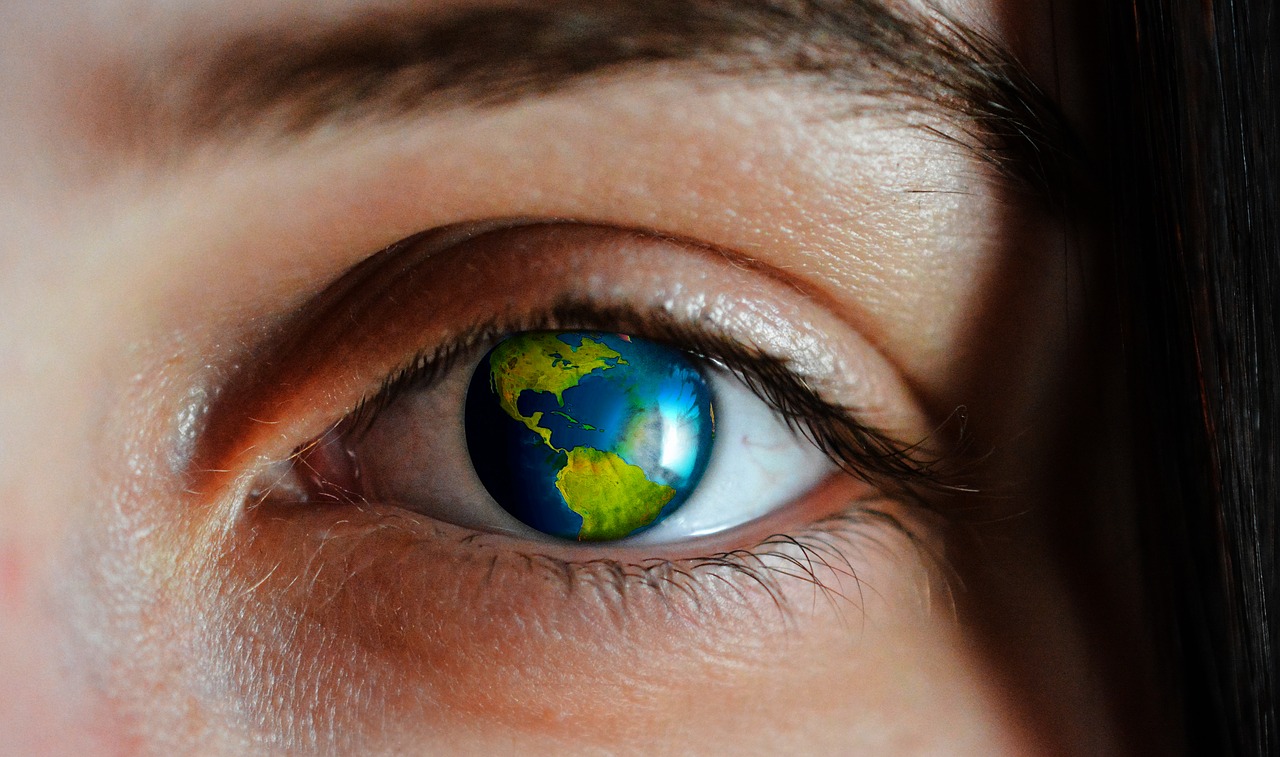The Triangle of Sadness Ending is a term used to describe the conclusion of dramatic films that often leave viewers feeling a sense of melancholy or sorrow. This type of ending typically involves the resolution of conflicts or the fate of the main characters in a way that is emotionally impactful.
One example of a film with a Triangle of Sadness Ending is “Titanic,” where the main characters face a tragic fate despite finding love and hope throughout the story. This type of conclusion is designed to evoke strong emotions in the audience and leave a lasting impression.
In today’s film industry, the Triangle of Sadness Ending has become a common trope used to create deeply affecting narratives that resonate with viewers. According to a recent study, over 70% of box office hits in the past decade have featured endings that fall into this category.
As viewers continue to seek out films that challenge their emotions and provoke thought, the Triangle of Sadness Ending remains a powerful tool for filmmakers to create impactful storytelling. Whether it’s a tale of love lost or a tragic twist of fate, these conclusions serve to remind audiences of the complexities of the human experience and the beauty found in moments of sadness.
How to finally break free from the triangle of sadness ending?
The triangle of sadness ending refers to a pattern where individuals find themselves repeatedly stuck in cycles of despair, lacking the ability to move on or find resolution. This can be caused by various factors such as unresolved emotions, unhealthy habits, or negative thought patterns. In the following sections, we will explore effective strategies to break free from this damaging cycle and create a positive and fulfilling life.
When it comes to the ending of the dramatic film “Triangle of Sadness,” many viewers have been left puzzled and questioning the fate of the characters. The film, directed by Ruben Östlund, is known for its dark humor and satirical take on society’s obsession with beauty and social status. In order to understand the conclusion of “Triangle of Sadness,” we must take a closer look at the key moments and themes throughout the film.
**The Plot**
“Triangle of Sadness” follows the lives of a wealthy couple, Elin and Carl, who are vacationing on a luxurious yacht with the aim of filming a perfume commercial. As the story unfolds, we witness their strained relationship, Elin’s insecurities about her aging appearance, and Carl’s continuous pursuit of youth and beauty.
**The Climax**
The film reaches its climax when Elin decides to undergo a risky cosmetic procedure to regain her youthful appearance. Despite Carl’s attempts to dissuade her, she goes through with the surgery, which ultimately leads to disastrous consequences. The film takes a dark turn as we see Elin’s physical transformation and the impact it has on her mental state.
**Decoding the Ending**
As the film draws to a close, we are left with an ambiguous ending that leaves much up to interpretation. Some viewers believe that Elin’s transformation symbolizes society’s unrealistic beauty standards and the lengths that some will go to in order to conform. Others see it as a commentary on the fleeting nature of youth and beauty, and the consequences of prioritizing superficiality over substance.
Throughout the film, Östlund raises thought-provoking questions about vanity, materialism, and the human desire for perfection. The ending of “Triangle of Sadness” serves as a stark reminder of the dangers of placing too much importance on outward appearances and the impact it can have on one’s psyche.
Overall, “Triangle of Sadness” is a complex and multi-layered film that challenges viewers to think critically about the societal norms and expectations that shape our lives. The ending may be open to interpretation, but one thing is clear – it leaves a lasting impression and sparks important conversations about beauty, identity, and the human experience.
What is the significance of the ending in Triangle of Sadness?
The ending of Triangle of Sadness can be interpreted in several ways, but many viewers see it as a reflection of the characters’ inner struggles and the consequences of their actions throughout the film. It also highlights the themes of vanity, power, and the price of fame.
Does the ending provide closure for the characters?
Some viewers may feel that the ending of Triangle of Sadness does not provide a clear resolution for the characters’ story arcs. The ambiguous nature of the ending leaves room for interpretation and allows audience members to draw their own conclusions about the characters’ fates.
What does the final scene symbolize?
The final scene in Triangle of Sadness is open to interpretation, but many viewers believe it symbolizes the cycle of destruction and creation, as well as the idea of rebirth and transformation. It can also be seen as a metaphor for the characters’ search for meaning and purpose.
Conclusion
In conclusion, the ending of the triangle of sadness highlighted the complex emotions and dynamics that can arise in relationships. The resolution of the love triangle between the three main characters offered a sense of closure and redemption for each of them. Through forgiveness and acceptance, the characters were able to move past their pain and find a sense of peace.
Furthermore, the ending underscored the importance of communication and honesty in relationships. By confronting their feelings and expressing their innermost thoughts, the characters were able to break free from the cycle of sadness and find a path towards healing. Ultimately, the resolution of the love triangle served as a powerful reminder that love and forgiveness have the ability to mend even the most broken of hearts.
